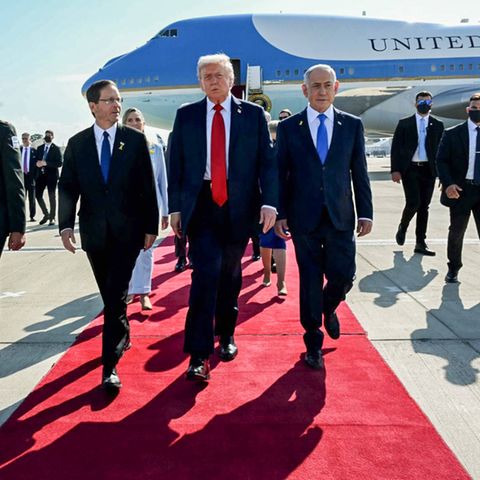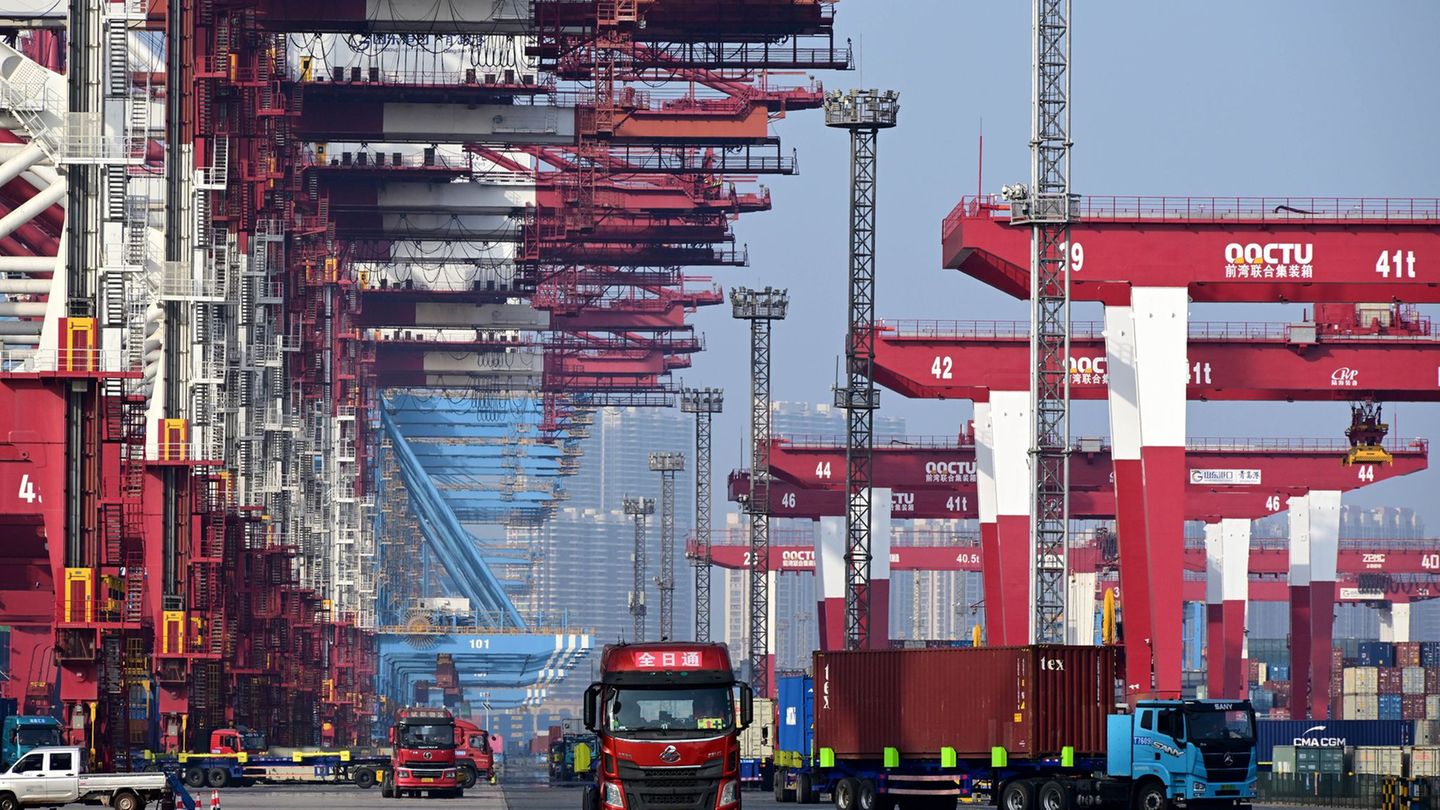Menu
Commercial conflict: USA and China are looking for communication in the customs dispute
Categories
Most Read
Energy transition: Why less heating isn’t everything
October 14, 2025
No Comments
First estimate confirmed: peak in September: inflation rises to 2.4 percent
October 14, 2025
No Comments
Fighting paper fish: What helps against the insects?
October 14, 2025
No Comments
Trade dispute: Government: China fights “customs war” with USA until the end
October 14, 2025
No Comments
Transport: Full ships despite the calm – shipping companies defy the crisis
October 14, 2025
No Comments
Latest Posts

Gianni Infantino: What is the FIFA boss doing at the Gaza summit?
October 14, 2025
No Comments
FIFA President The strange guest – what was Infantino doing at the Gaza summit? It seemed very strange: Fifa boss Gianni Infantino was a guest

A rule governs that promotes the healthy and safe practice of sport in public spaces
October 14, 2025
No Comments
October 14, 2025 – 07:24 Law 15,541 aims to promote urban sports and promote awareness campaigns about good sports practices. The rule was approved by

Shaping your eyebrows: This is how you give your face more expression
October 14, 2025
No Comments
CarolineI’m Caroline, a journalist and author for 24 Hours Worlds. I specialize in health-related news and stories, bringing real-world impact to readers across the globe.
24 Hours Worlds is a comprehensive source of instant world current affairs, offering up-to-the-minute coverage of breaking news and events from around the globe. With a team of experienced journalists and experts on hand 24/7.

